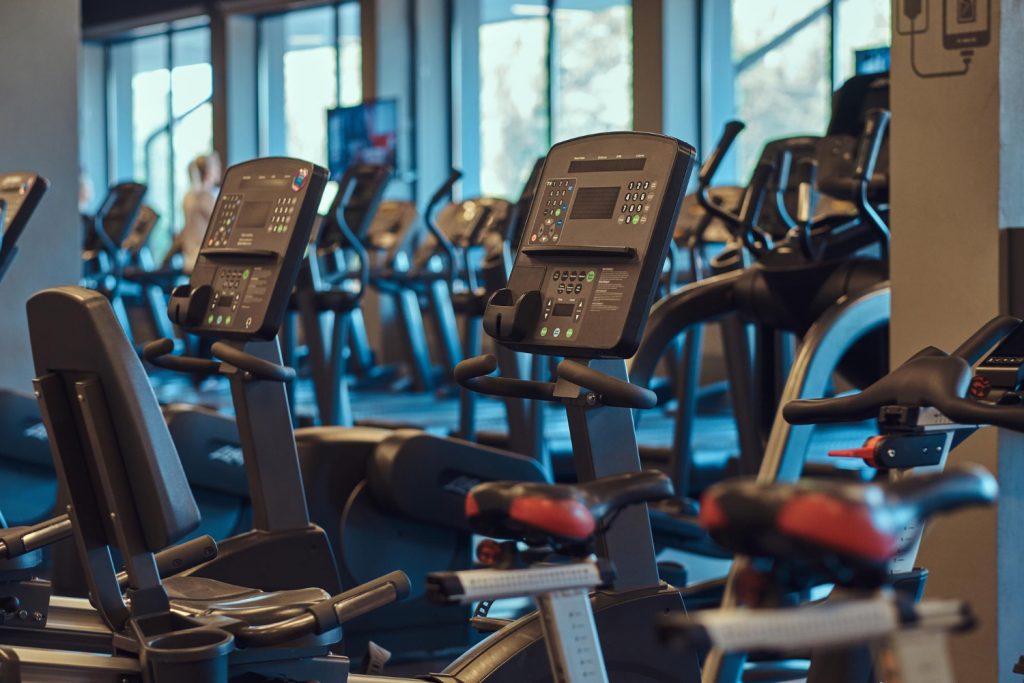In recent years, the spotlight on personal health and well-being has become undeniably brighter. More and more people are concerned with their health, physical appearance, and self-confidence. While the market has broadened, it is crucial for gyms and fitness center owners to target specific market segments that align with their services and amenities. As more individuals gravitate towards health, gyms and fitness centers are presented with an opportunity to give the public what they’re looking for.
Yet, as the interest in health and fitness burgeons, so does the diversity of the clientele that walks through the gym doors every day. This increasing diversity presents a golden opportunity for fitness centers to expand their horizons and tailor their services to meet the unique needs and preferences of various demographic segments.
Identifying and successfully catering to the optimal target markets can be a game-changer for many gyms and fitness centers. These target markets are no longer confined to generic fitness offerings. They are in pursuit of personalized experiences, innovative fitness programs, and environments that resonate with their lifestyle and aspirations. In this article, we’ll look at some of the 7 best target markets for gyms and fitness centers to focus on.
Millennial and Generation Z Consumers
For most gyms and fitness centers, this is a demographic that will be hard to ignore. Millennials and Gen Zers are the largest demographic when it comes to gym memberships. In fact, it has been reported that 80% of gym memberships are made up of Millennials and Generation Z. This may be due to their more health-conscious outlook. Or perhaps, visual media such as Instagram and TikTok have influenced these generations to look their best.
These two demographics will probably come looking for you as a gym owner. However, it is still important to appeal to what they care about when they find you. Here are some things you can offer to this target market:
- A fitness app
- Personalized workout recommendations
- Feedback from workouts
- Goal tracking
- A place to socialize
- Flexible workout options (HIIT, yoga, strength training)
It is important to note that since this demographic is heavily involved in most things related to health and wellness, this is a great target market for any health or wellness related business.
Busy Professionals
The most common reason people do not exercise is that they do not have time. Although we all have 24 hours in a day, some people cannot seem to squeeze in all of their responsibilities within that time frame. This is why going to the gym and exercising usually gets dropped from their daily routine.
To target this market, you will need to be flexible to their schedules. Opening before 4 a.m., closing later than 11 p.m., or being open 24 hours makes it more convenient for busy professionals. You can also offer training classes at different hours to help these individuals participate.
Seniors and Retirees
The senior and retiree population segment is expanding quickly. By 2030, 1 in 6 people in the world will be aged 60 years or over. That is about 1.4 billion people. This demographic is a promising target market for gyms and fitness centers. It has been well-documented that inactivity and aging increase the risk of chronic disease in adults. This is why creating an inviting, safe, and comfortable environment for seniors to exercise is a smart move for any gym or fitness center.
Also, offering specialized fitness programs that cater to the unique physical needs of this demographic will attract members. Things like low-impact aerobics and exercises that increase strength and mobility, for example. Additionally, establishing a community-centric environment where they can socialize and engage in group activities can enhance their overall experience. By focusing on creating programs that cater to this demographic’s specific requirements, gyms can tap into a growing market segment keen on maintaining an active and healthy lifestyle post-retirement.
Families
The family sector is increasingly becoming a fertile ground for gym and fitness center memberships. Many parents look to combat the recent trend of increasing childhood obesity which is now at around 19% of the U.S. child population. Gyms and fitness centers can capitalize on the desire to reverse this trend. To do this, they can create tailored packages that cater to families. These may be programs that target different age groups and fitness levels.
Facilities can also enhance family engagement. One way of doing this is to have regular family fitness events and offer childcare services. This makes it easier for parents to incorporate fitness into their daily schedules. By creating a family-friendly environment, gyms can nurture lifelong memberships.
Both Men and Women
For most gyms, catering to both male and female clientele is the best strategy. This is because gym memberships are split nearly equally between men at 49.5% and women at 50.5%. This is an encouraging statistic for the general population as it seems that men and women both value getting in shape. However, this presents a challenge to gym and fitness owners to create a space that is welcoming to both demographics.
While both men and women participate in a variety of workouts, there is a tendency for each demographic to gravitate towards certain programs and equipment. For example, women are more likely to participate in classes such as spin, yoga, and other aerobics classes. Conversely, men are more likely to focus on lifting weights, strength training, and other activities.
A gym looking to reach these two demographics should offer a variety of ways to work out without prioritizing one particular way. Gym and fitness owners should also make the space feel welcoming and safe to both demographics.

Image by fxquadro on Freepik
Rehabilitation and Physiotherapy Clients
For some gyms, it may be a good idea to cater to people who are recovering from some type of physical trauma. Individuals recovering from injuries or surgeries often require specialized fitness programs. These programs are all a part of their recovery process.
Creating strategic partnerships with healthcare providers to offer rehabilitation and physiotherapy services can be mutually beneficial. Fitness centers that cater to this market need to have programs that can assist them in regaining strength. Also, there will be a need to help them get back their mobility and confidence.
Fitness Enthusiasts and Athletes
Athletes are always looking for new gyms and facilities to work out in. Athletes typically want to get stronger, faster, and better at what they do. That is why some gyms and fitness centers should do all they can to attract athletes to their locations.
Keep in mind that the term athlete doesn’t always mean someone who competes for a living. Some run marathons or compete in triathlons on weekends. An athlete is anyone who competes in a sport regularly.
To attract this market, gyms, and fitness centers need to make the environment hospitable to them. The facility should be state-of-the-art and have various types of equipment. For example, the gym may want to have a punching bag as well as a basketball court.
Also, these facilities can offer access to professional trainers. Every athlete understands the importance of a coach. This means having personal trainers who understand the sport the athlete is passionate about will be an enticing draw to anyone looking to take their performance to the next level.
Conclusion
In conclusion, identifying and targeting the right market segments is a strategic move that can help a fitness center take off. Tailoring programs, amenities, and marketing strategies to appeal to these specific demographics can potentially lead to increased membership and sustained growth. Remember, every demographic has its own preferences when it comes to a comfortable place to work out. Be sure to know your audience well and provide them with the environment and tools to help them reach their health and fitness goals.
Also read:
8 Target Markets for Health and Wellness Businesses












Pingback: OMG! The Best BUSINESS Ever! ·
Pingback: 7 Best Target Markets for a Gym or Fitness Center – Entrepreneur – Start, Run and Grow Your Business
Pingback: 7 Best Target Markets for a Gym or Fitness Center – Austin Rotter
Pingback: 7 Best Target Markets for a Gym or Fitness Center – Andrea Zanon